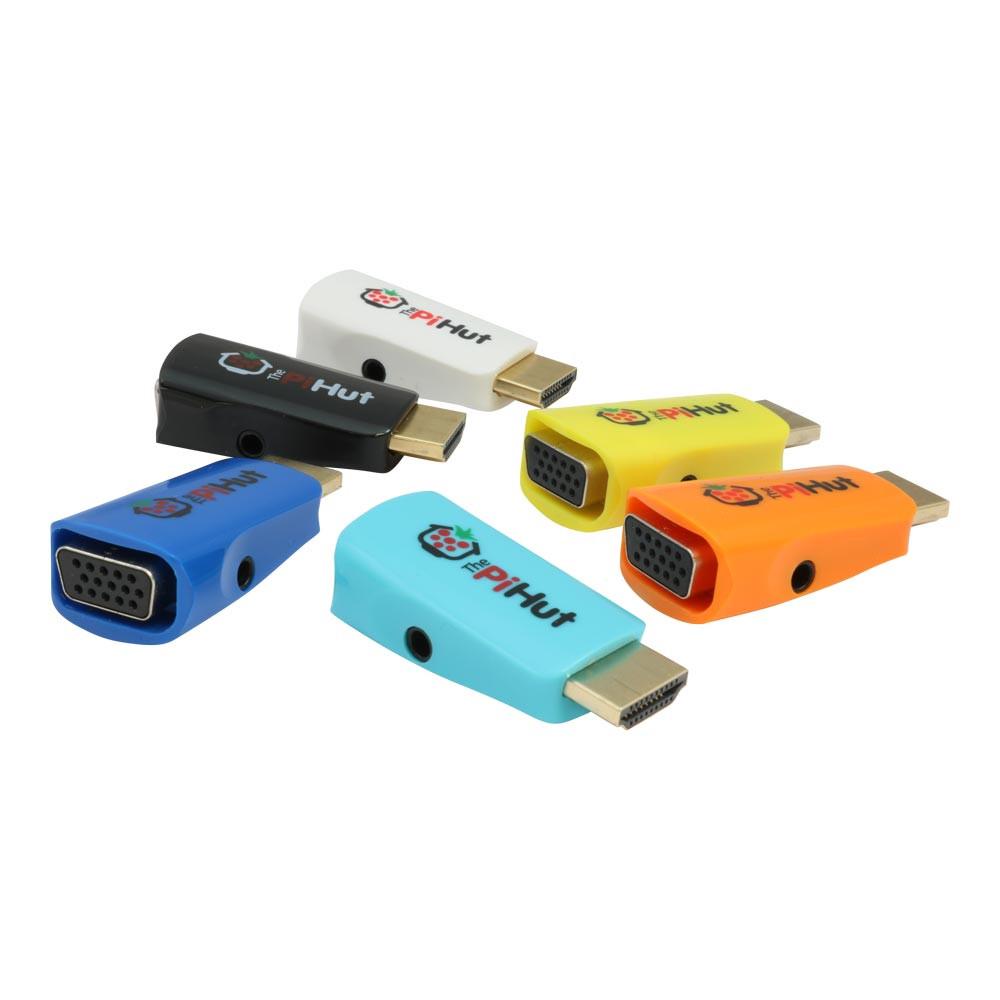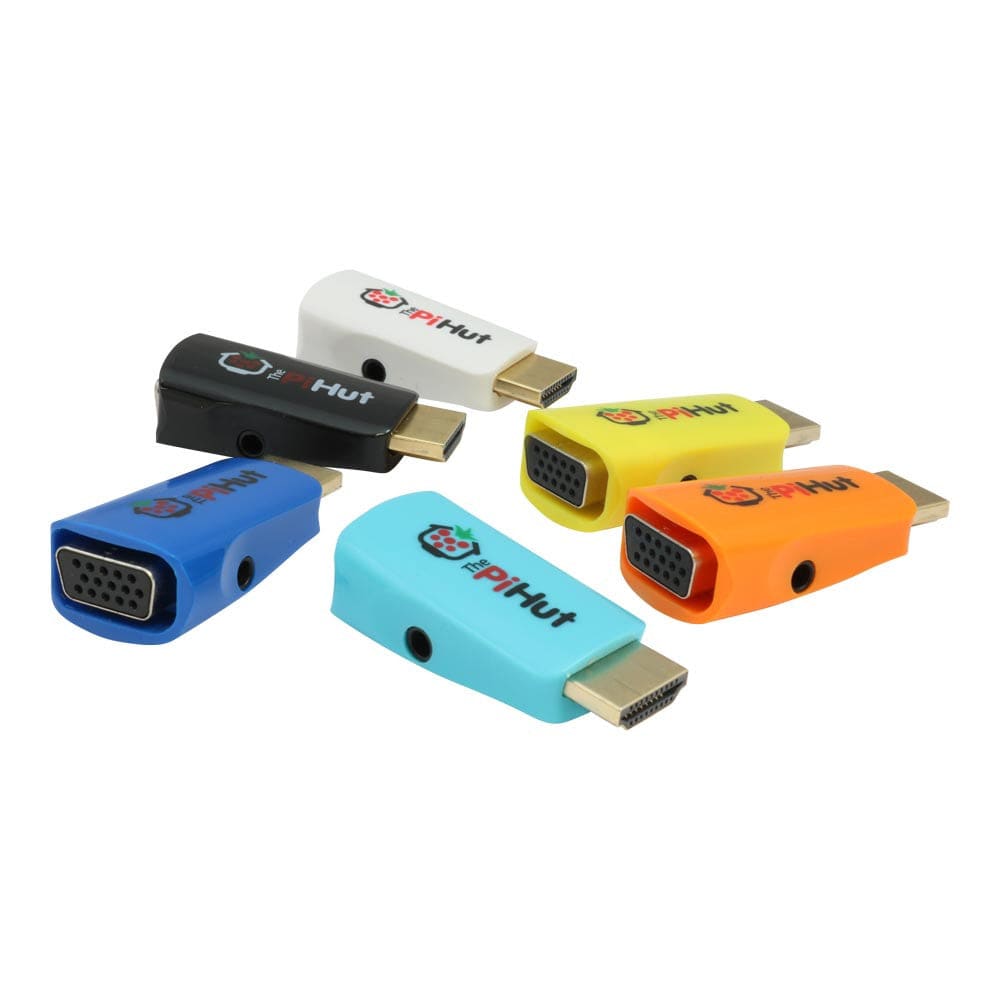
Troubleshooting a Raspberry Pi HDMI/VGA Adapter
While your monitor should be able to communicate its' abilities to your Raspberry Pi, there are times that the 'standard' that an old monitor uses is not recognised by the Raspberry Pi. This is especially true with old VGA monitors for which you need to use an HDMI/VGA adaptor like the one available from The Pi Hut. The Raspberry Pi tries its best, but sometimes you have to intervene and make some manual changes.
Of course, if your Raspberry Pi is not displaying the image correctly, how are you going to make those changes. Fortunately, the boot partition on your SD card (assuming you are using Raspbian, and not NOOBS) is readable on a PC or Mac. On that partition is a file called config.txt which sets up your Raspberry Pi as it boots.
First, try uncommenting the following line by removing the # from the start:hdmi_force_unplug=1This line tells the Raspberry Pi to force output through the HDMI port, and not the composite port (the yellow plug on the original Raspberry Pi, or shared 3.5mm audio/video port on the A+/B+/Pi2). Save the file, eject it from your PC/Mac, put it back into your Raspberry Pi and try booting again.
If this does not work, try uncommenting the following line:
config_hdmi_boost=4This will boost the HDMI signal. The value ranges from 0 (the default) to 7 (maximum). Try increasing it if necessary.
The last value you may try to uncomment is:
hdmi_safe=1If one of these three works, you may find that your Raspberry Pi is not using the monitor's optimal screen resolution. If this is the case then you may have to manually tell the Raspberry Pi to use a specific resolution.
Once again, edit the config.txt file and add the following four lines:
hdmi_ignore_edid=0xa5000080
hdmi_drive=2
hdmi_group=2
hdmi_mode=28The first line tells the Raspberry Pi to ignore everything that the monitor is telling it about the resolution it can run at.
The second line tells the Raspberry Pi to output video and sound through the HDMI port. Most VGA adaptors have an audio out for connection to your monitor or external speaker.
The next line tells the Raspberry Pi to use a resolution defined in the 'DMT' group of resolutions supported by most monitors.
The last line tells the Raspberry Pi which resolution to use. Mode 28 is for 1280x800. The following lists some of the most common resolutions:
| Mode | Resolution | Frequency | notes |
|---|---|---|---|
| 4 | 640x480 | 60Hz | |
| 9 | 800x600 | 60Hz | |
| 16 | 1024x768 | 60Hz | |
| 21 | 1152x864 | 75Hz | |
| 23 | 1280x768 | 60Hz | |
| 28 | 1280x800 | 60Hz | |
| 32 | 1280x960 | 60Hz | |
| 35 | 1280x1024 | 60Hz | |
| 39 | 1360x768 | 60Hz | |
| 42 | 1400x1050 | 60Hz | |
| 47 | 1440x900 | 60Hz | |
| 51 | 1600x1200 | 60Hz | |
| 58 | 1680x1050 | 60Hz | |
| 69 | 1920x1200 | 60Hz | |
| 81 | 1366x768 | 60Hz | |
| 82 | 1920x1080 | 60Hz | 1080p |
| 85 | 1280x720 | 60Hz | 720p |
There are a lot of other resolutions available if yours is not listed above. A full list is available on the Raspberry Pi website documentation area.
Hopefully you now have a working VGA monitor!


